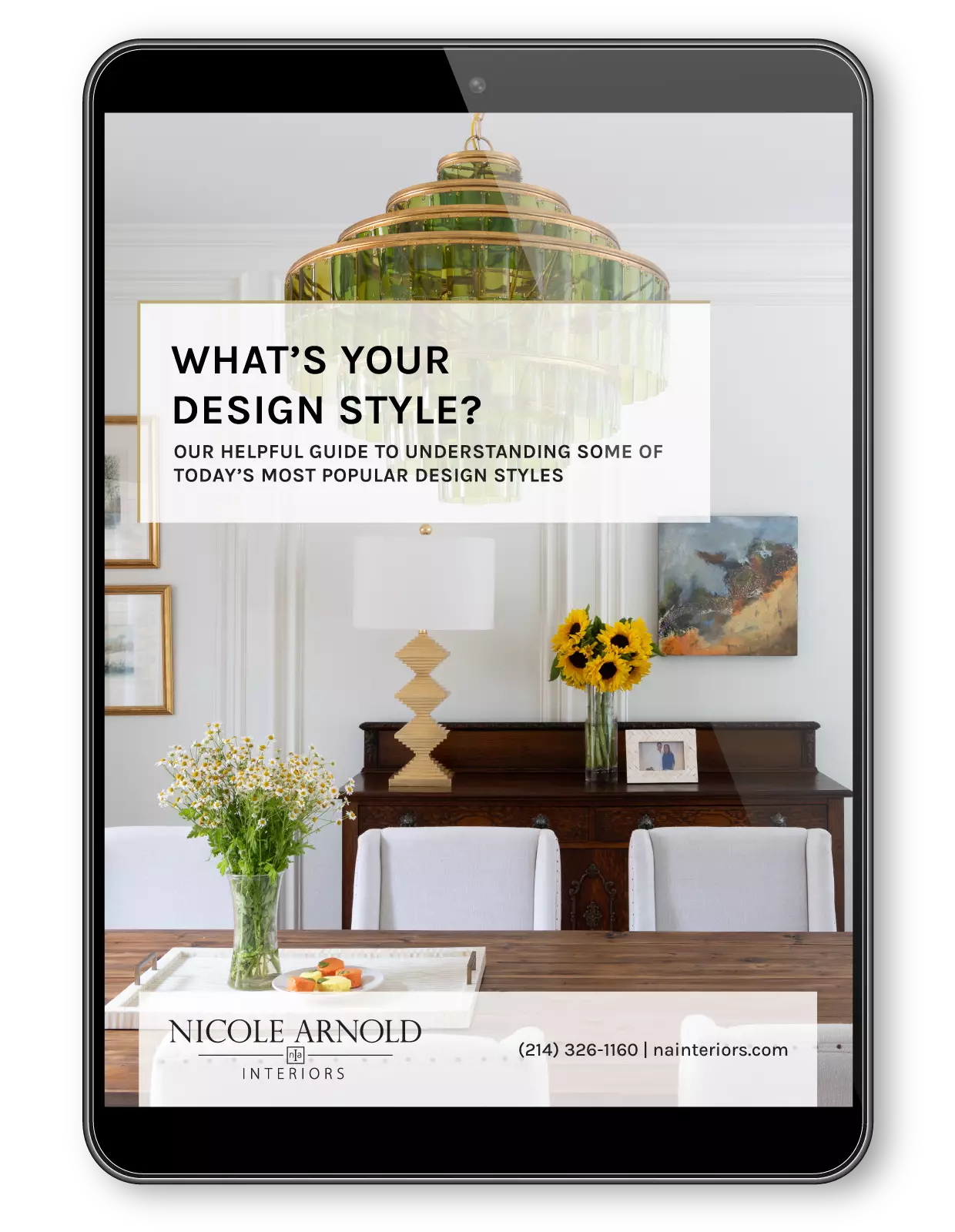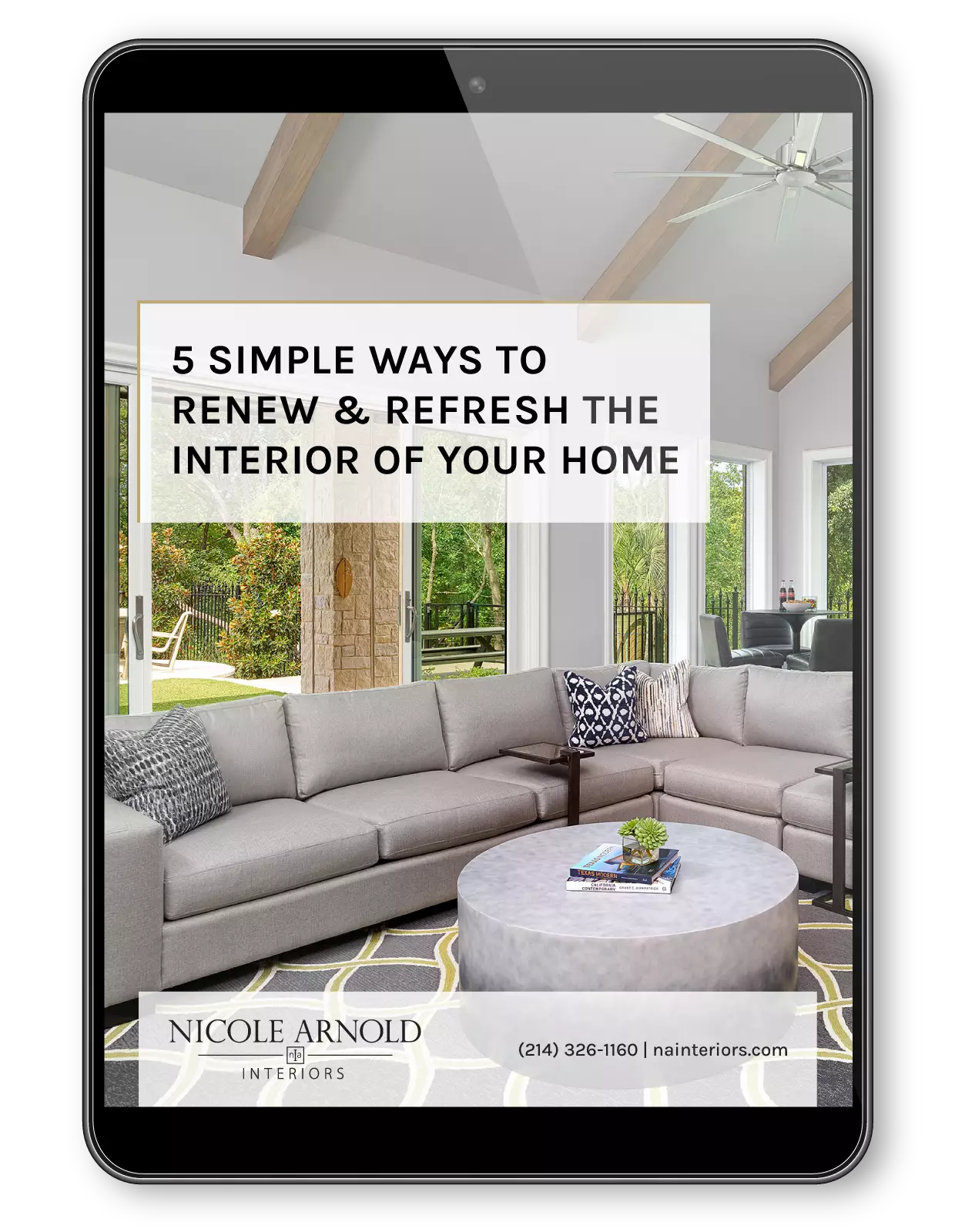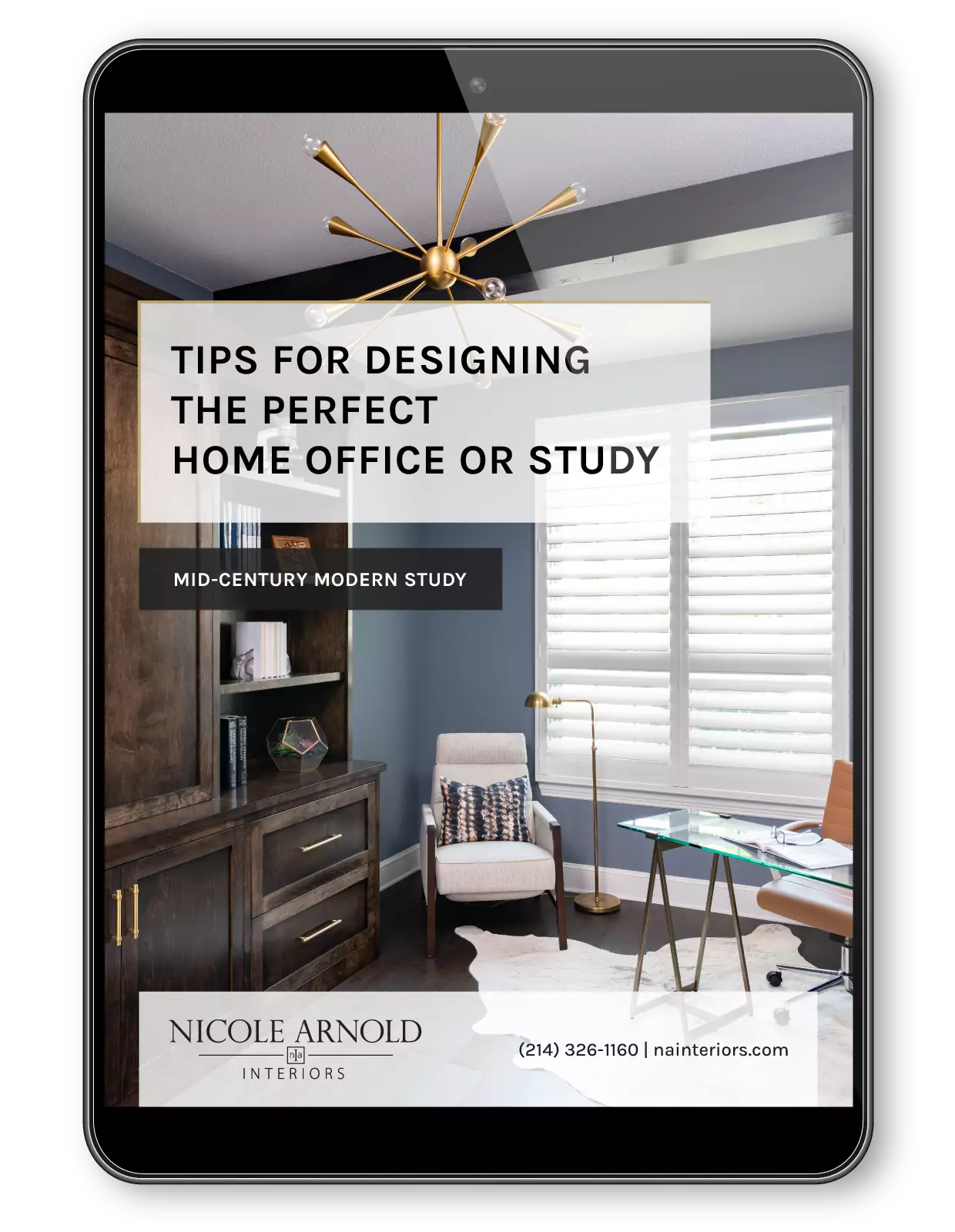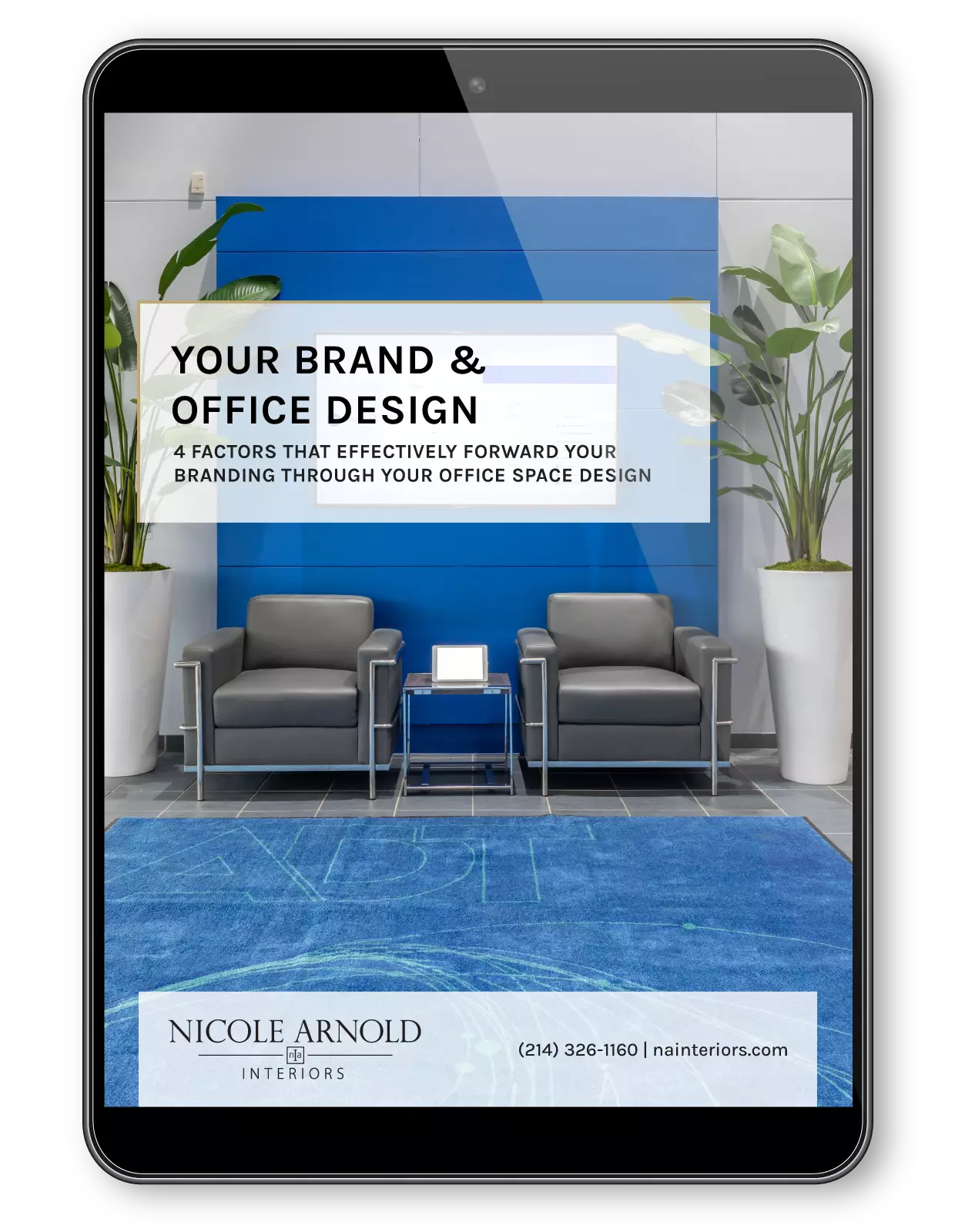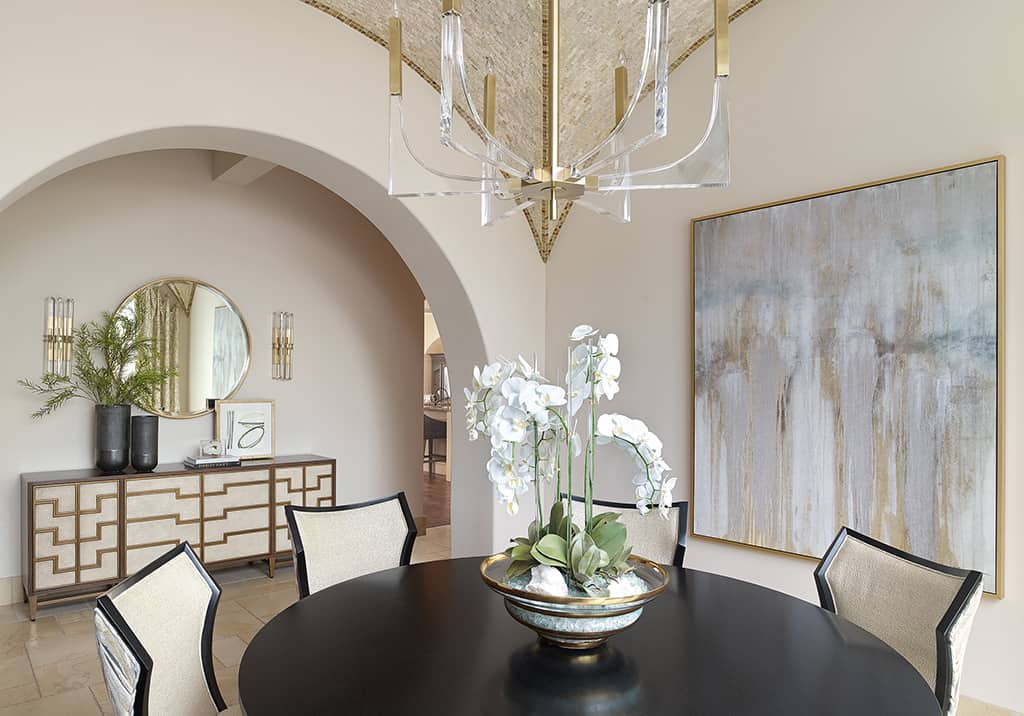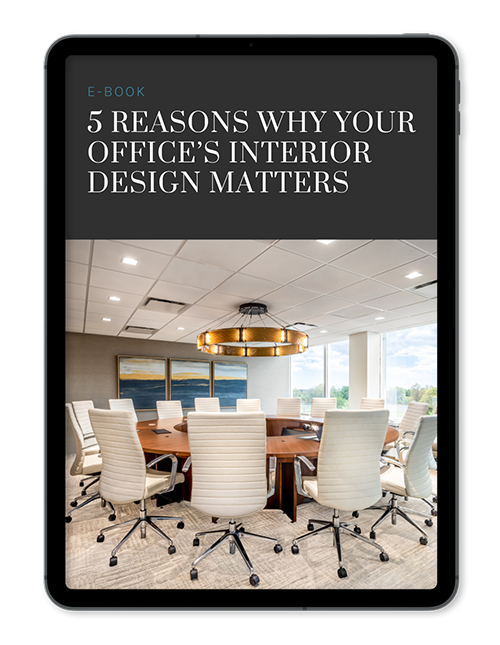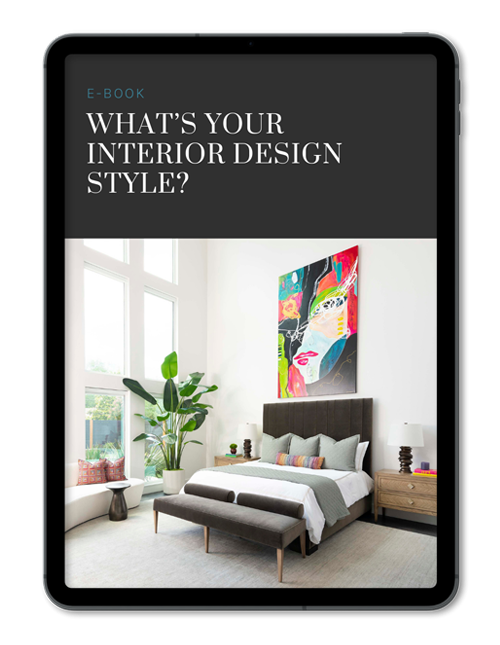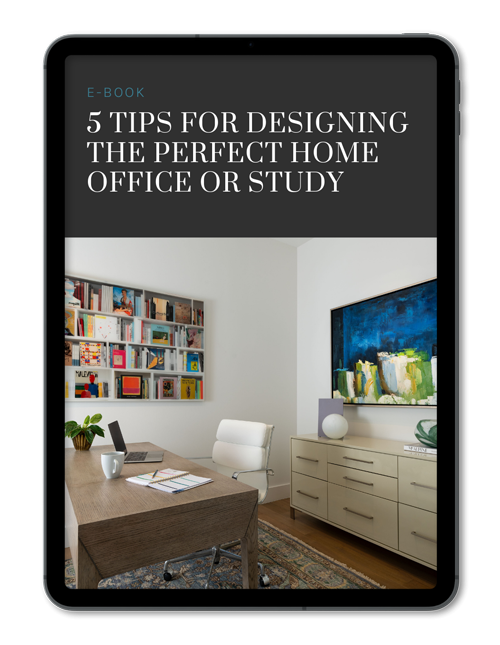As workplaces evolve, the design of hybrid environments becomes vital for enhancing productivity and employee satisfaction. Flexibility is key, allowing for various workspace configurations to suit diverse needs. Collaborative spaces, integrated technology, and a focus on well-being are essential elements to contemplate. To effectively balance these components, exploring innovative design ideas is crucial.
One recommended option for achieving an inspiring and functional office space is to consult professional interior design services, such as Nicole Arnold Interiors. Their expertise can help you create a tailored environment that not only meets the needs of your team but also promotes creativity and collaboration. By leveraging the knowledge of professionals in the field, you can ensure that your office design resonates with your organization’s values and enhances overall employee experience.
Ultimately, the right design solutions can transform your office into a space that fosters productivity, engagement, and well-being, making it a truly dynamic hybrid work environment.
Importance of Flexibility in Hybrid Office Design
As the workplace continues to evolve, the importance of flexibility in hybrid office design can’t be overstated. With 85% of UK workers favoring a hybrid approach, it’s crucial to create flexible workspaces that cater to both remote and in-office work.
Configurable office furniture and a balance of collaborative spaces allow you to adapt existing layouts, boosting productivity and enhancing employee satisfaction. Studies show that hybrid work models can double productivity, as tailored environments meet diverse employee needs.
Additionally, incorporating technology for booking meeting rooms and managing workspace usage supports seamless shifts between work styles. By prioritizing flexibility, you not only improve efficiency but also reduce attrition rates, creating a thriving workplace where employees feel valued and connected.
Key Elements of Hybrid Workspaces
Creating a hybrid workspace requires thoughtful consideration of various elements that cater to diverse work styles.
In your office design, blend social, meet, focus, and balance spaces to enhance collaboration and productivity. Incorporate flexible work options, like hot desks and quiet zones, to adapt to team sizes and schedules.
Essential technology, such as room reservation platforms, streamlines space sharing, greatly improving the employee experience. Additionally, utilize biophilic design elements—like natural light and greenery—to boost well-being and focus.
Finally, foster a sense of community with communal spaces that resemble cozy living rooms, encouraging informal interactions among employees.
These key elements create an engaging hybrid model that supports both individual needs and teamwork seamlessly, enhancing overall workplace satisfaction.
Creating Collaborative Spaces
While many employees value the flexibility of hybrid work, the importance of collaborative spaces can’t be overstated.
Creating areas that foster face-to-face interactions is essential for building strong relationships among team members. Incorporate adaptable office furniture to facilitate flexible collaboration, ensuring both in-person and remote participants feel included during meetings.
Consider adding communal dining areas and lounges to encourage spontaneous connections, making the office a hub of camaraderie.
Effective collaborative spaces should also feature dedicated meet areas for brainstorming and small group discussions, equipped with the right tools.
Companies like Microsoft show how immersive experiences in hybrid work environments enhance collaboration, proving that thoughtful design can greatly impact employee satisfaction and productivity.
Incorporating Technology in Hybrid Offices
Incorporating technology into hybrid offices not only enhances productivity but also transforms the way teams collaborate and connect. By utilizing hot desking and room reservation platforms, you streamline space sharing, making the most of your hybrid workspace.
Advanced office insights technology gives you data on occupancy rates, helping optimize office design and layouts. Hybrid policy management tools guarantee that employees stay compliant with work schedules while adapting to their needs.
Customizable solutions like Tactic facilitate effective management, ensuring all employees—remote or in-person—have equal access to resources. Plus, seamless integration of smart devices and video conferencing tools keeps everyone connected, fostering collaboration and creating an inclusive atmosphere that boosts overall productivity in your hybrid work environment.
Balancing Aesthetics and Functionality
Balancing aesthetics and functionality in hybrid work environments plays an essential role in enhancing employee satisfaction and productivity.
When you create a workspace that integrates ergonomic furniture, like sit/stand desks and comfortable seating, you promote physical health while ensuring the environment looks inviting.
Biophilic design elements, such as natural textures and greenery, not only beautify the office but also boost employee well-being and creativity.
Additionally, modular furniture allows for flexible configurations that adapt to various team needs, making the workspace both functional for collaboration and visually appealing.
A cohesive office design that blends home-like elements with professional décor fosters a sense of community, essential for maintaining morale in hybrid settings.
Embrace these strategies to optimize your office design.
Case Studies of Successful Hybrid Office Designs
As companies adapt to hybrid work models, innovative office designs are becoming more prominent, showcasing how spaces can effectively support both collaboration and individual productivity.
For instance, NBBJ’s Living Lab features cozy meeting rooms that enhance employee well-being, while Bungie promotes social interaction with communal dining and gaming areas.
Microsoft’s hybrid office layout includes adaptable spaces, ensuring equal participation for remote and in-person employees through fluid meeting rooms and spatial audio technology.
Dropbox takes a remote-first approach, designing offices as ‘studios’ that focus on collaboration, promoting mental health.
These successful hybrid office designs prioritize a balance of social, meet, focus, and balance spaces, ultimately enhancing productivity and workplace culture for a better work-life balance.
Future Trends in Hybrid Work Environments
While the hybrid workplace model is still evolving, it’s clear that the future of work will embrace flexibility like never before.
In upcoming hybrid work environments, office design will prioritize flexible space that encourages collaboration and strengthens employee connectivity.
With 85% of UK workers favoring hybrid arrangements, incorporating technologies like hot desking and room reservation platforms will be essential for managing these dynamic spaces effectively.
Additionally, biophilic design and ergonomic furniture will become staples, enhancing productivity and well-being.
As you adapt to this shift, expect your workspace to be a blend of remote work comfort and in-person interaction, creating an environment that caters to diverse work styles while fostering a sense of community among employees.


